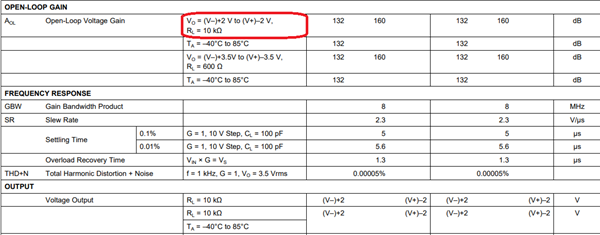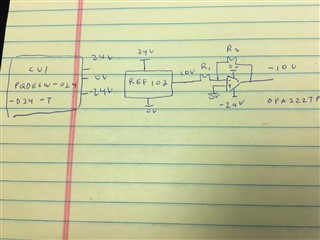Other Parts Discussed in Thread: OPA2197, REF102
According to the data sheet for the OPA2227P, the max supply voltage is 36V and the recommended operating conditions are +/-2.5 to +/-18. Is it okay to have a voltage supply of 24V to 0V (GND)? What are the pros and cons?
Also is -24V to 0 (GND) okay for this op amp?





